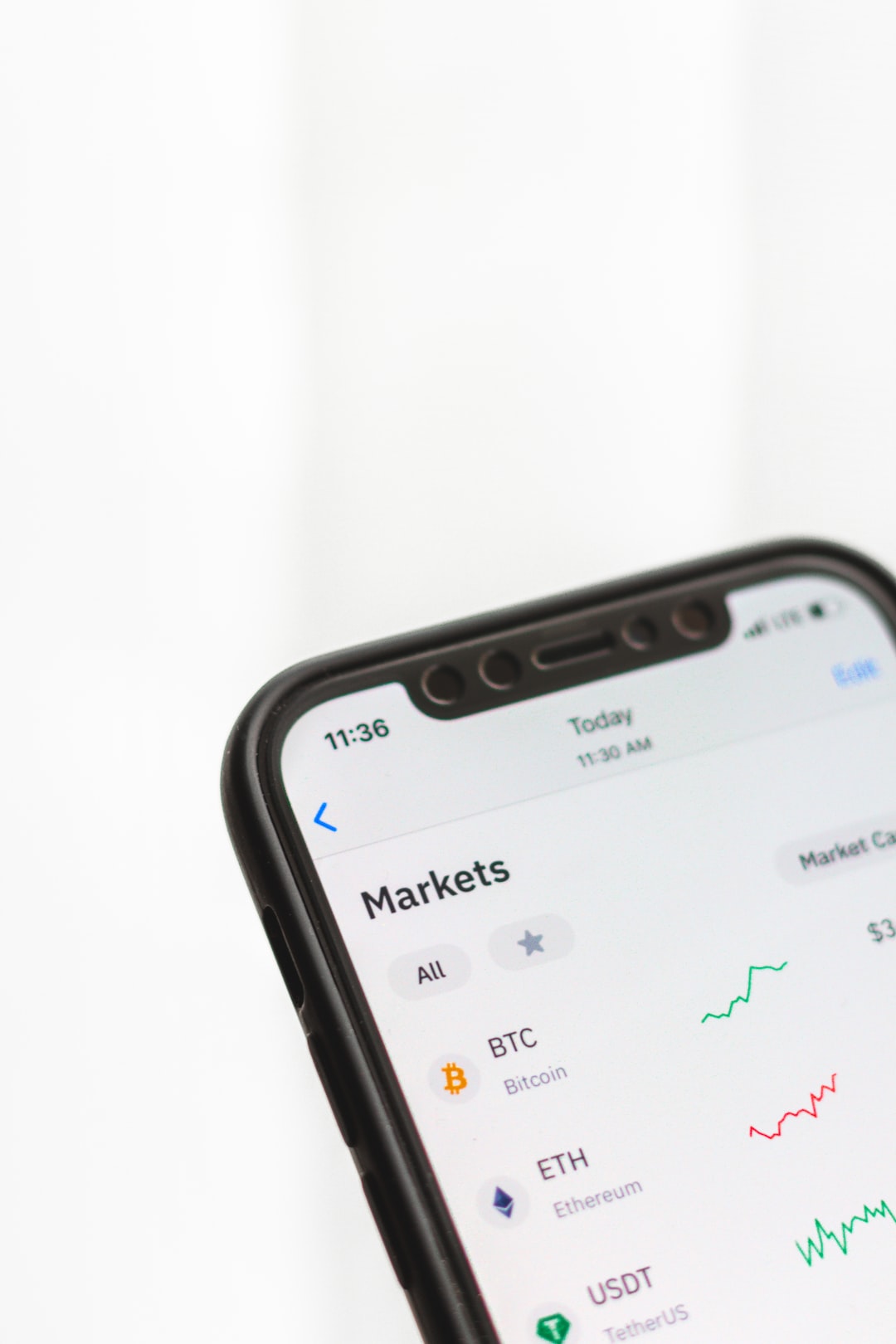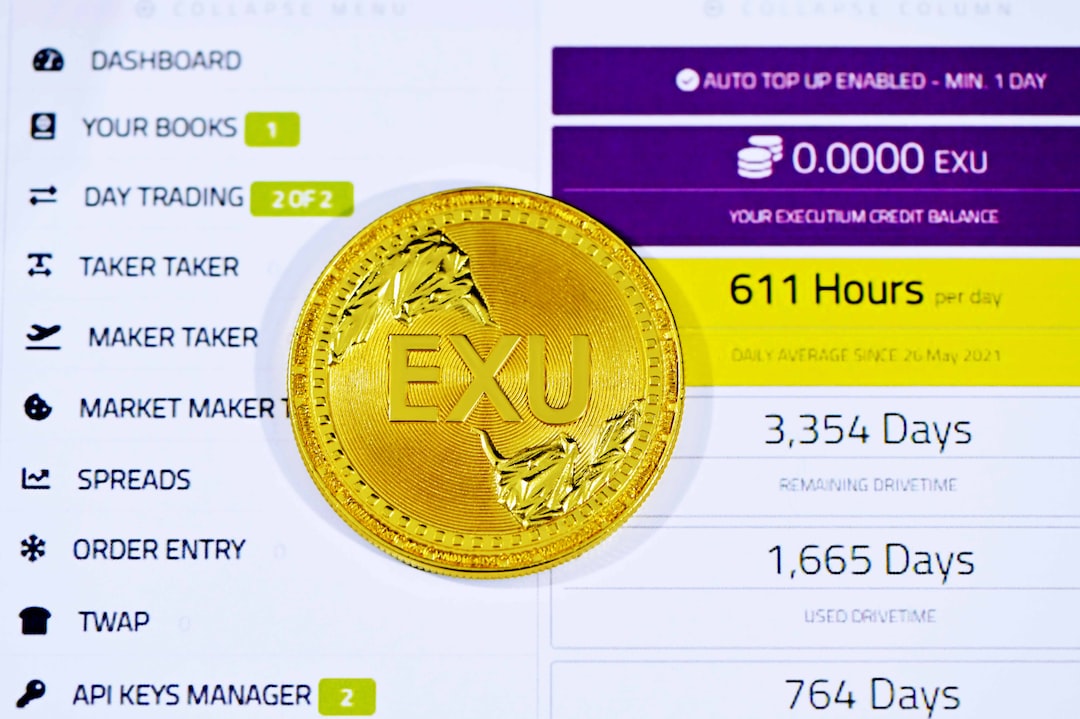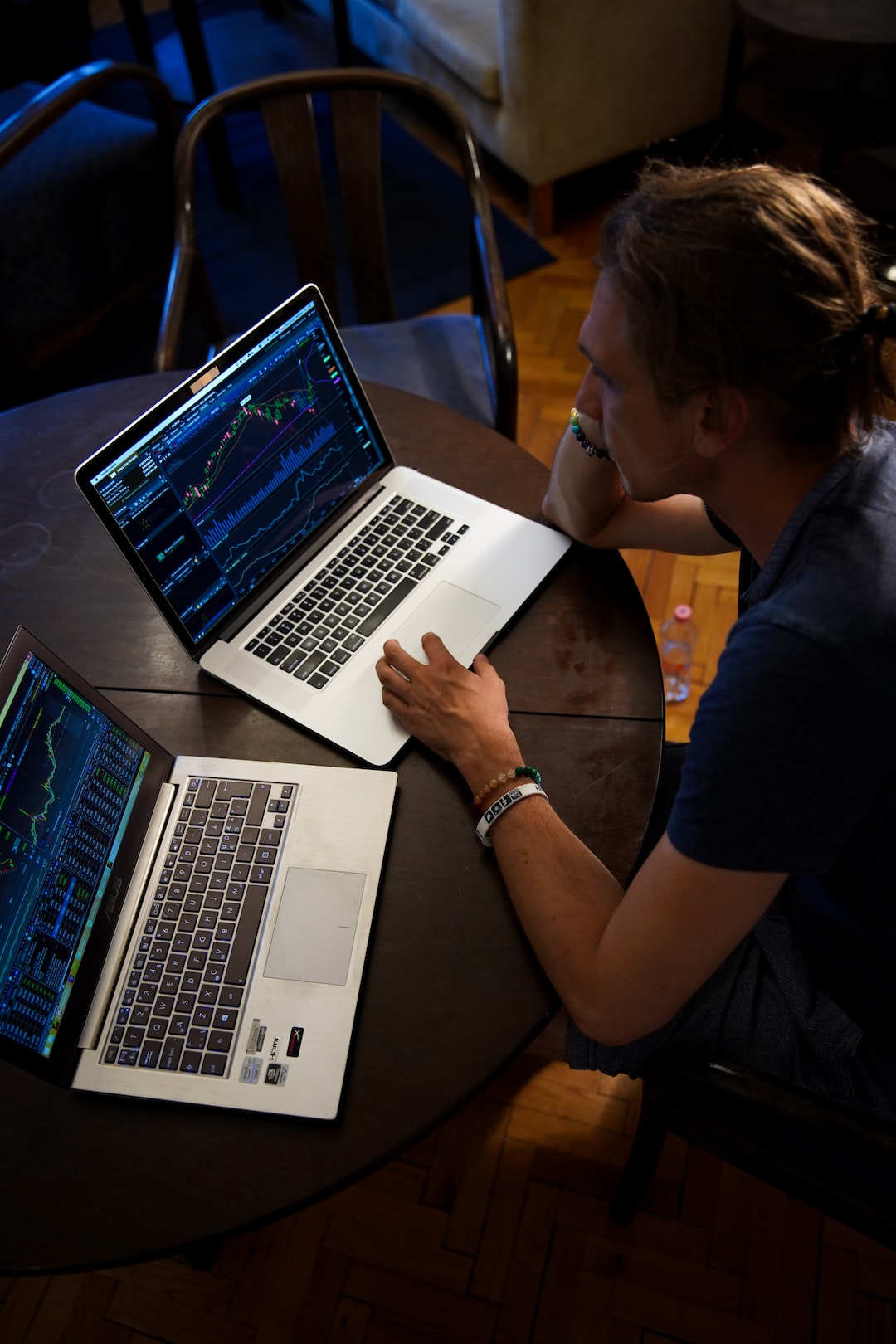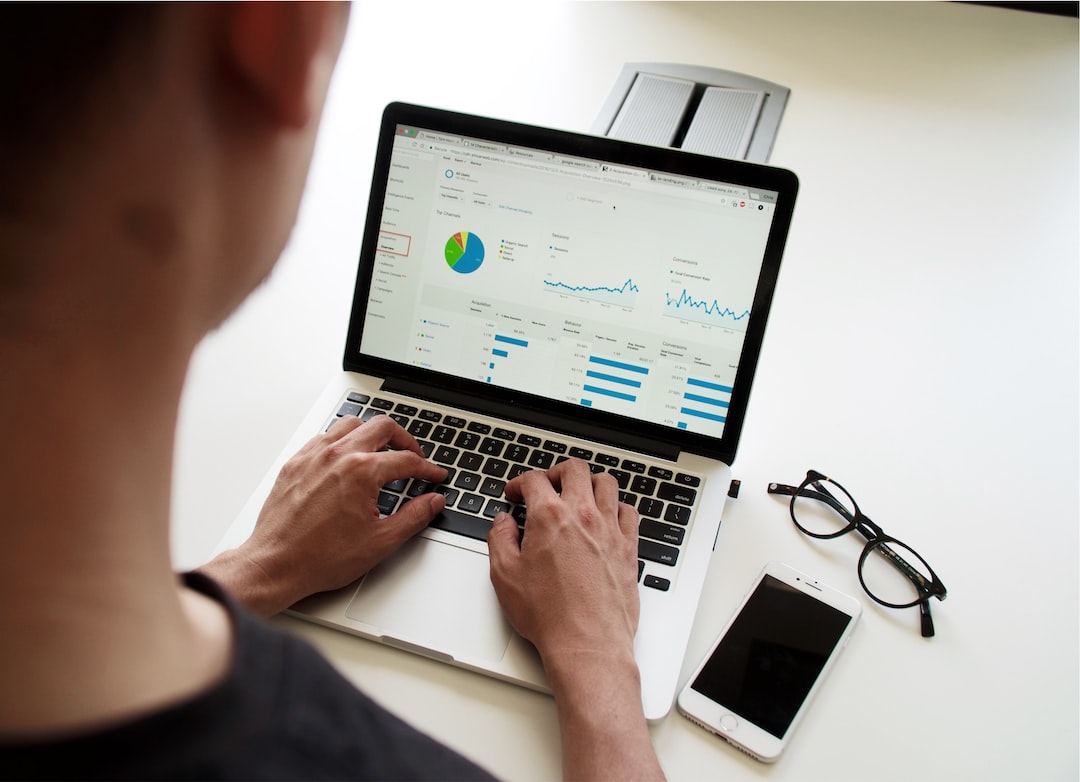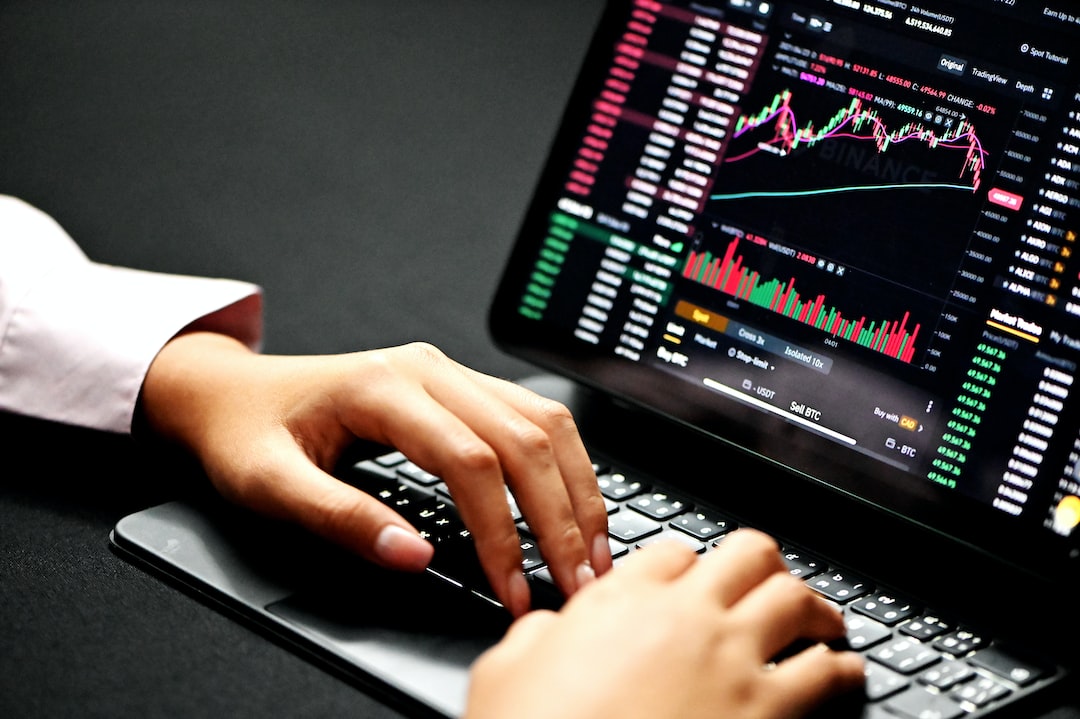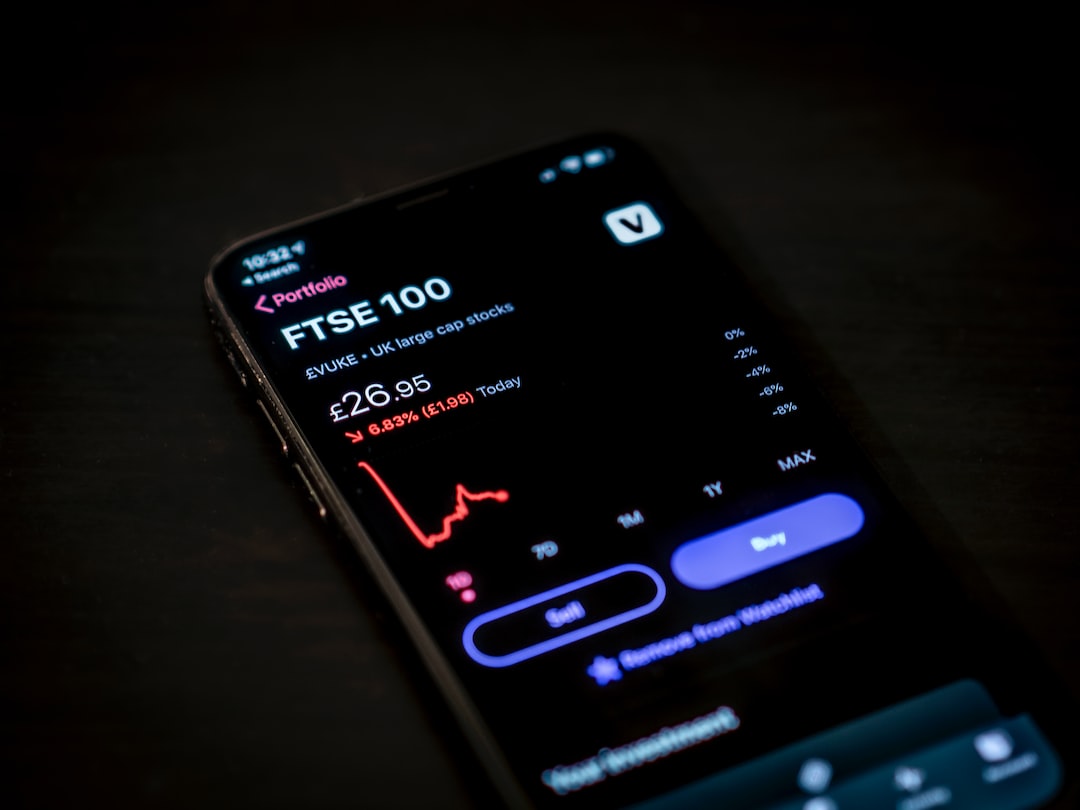Comparing Pip Forex Calculators: Which One is Right for You?
When it comes to trading in the forex market, precision and accuracy are paramount. Every decision you make, whether it’s entering a trade, setting stop-loss levels, or calculating profits, requires careful consideration and accurate calculations. This is where pip forex calculators come into play. These tools are designed to help traders quickly and accurately calculate pip values, allowing them to make informed decisions and manage risk effectively. However, with so many pip calculators available, how do you know which one is right for you? In this article, we will compare some popular pip forex calculators to help you make an informed choice.
1. Investing.com Pip Calculator:
Investing.com is a well-known financial website that offers a range of tools and resources for traders. Their pip calculator is a simple and easy-to-use tool that allows you to calculate pip values for various currency pairs. All you need to do is enter the currency pair, trade size, and account currency, and the calculator will provide you with the pip value. The Investing.com pip calculator also offers the option to select your preferred pip decimal places, allowing for greater customization.
2. BabyPips Pip Value Calculator:
BabyPips.com is a popular educational website for forex traders. Their pip value calculator is designed to help traders determine the value of a pip in their base currency. The calculator requires you to input the currency pair, trade size, and account currency, and it will calculate the pip value accordingly. What sets the BabyPips pip value calculator apart is its user-friendly interface and additional educational resources. The calculator not only provides the pip value but also explains the concept of pips and their significance in forex trading.
3. Myfxbook Pip Calculator:
Myfxbook is a well-established online community for forex traders that offers a range of tools and services. Their pip calculator is a comprehensive tool that allows you to calculate pip values, margin requirements, and profit/loss for various currency pairs. The calculator requires you to input the currency pair, trade size, account currency, and leverage, and it will provide you with all the necessary calculations. Additionally, the Myfxbook pip calculator offers advanced features such as the ability to calculate pip values for metals and cryptocurrencies.
4. Forex.com Pip Calculator:
Forex.com is a leading forex broker that provides traders with a wide range of trading tools and resources. Their pip calculator is a simple yet powerful tool that allows you to calculate pip values for major currency pairs. The calculator requires you to input the currency pair, trade size, and account currency, and it will provide you with the pip value. What sets the Forex.com pip calculator apart is its integration with their trading platform. Traders can directly access the pip calculator from their trading account, making it convenient and efficient.
Choosing the right pip forex calculator ultimately depends on your trading style, preferences, and needs. If you are a beginner trader looking for a simple and user-friendly tool, the Investing.com pip calculator or the BabyPips pip value calculator might be suitable options. On the other hand, if you are an advanced trader seeking comprehensive calculations and additional features, the Myfxbook pip calculator or the Forex.com pip calculator would be more appropriate choices.
In conclusion, pip forex calculators are essential tools for forex traders, allowing them to accurately calculate pip values and make informed trading decisions. The choice of a pip calculator depends on individual preferences and requirements. It is recommended to test different calculators and see which one aligns with your trading style and provides the necessary features for your trading needs. Remember, precision and accuracy are crucial in forex trading, and having the right pip calculator can greatly enhance your trading experience.








